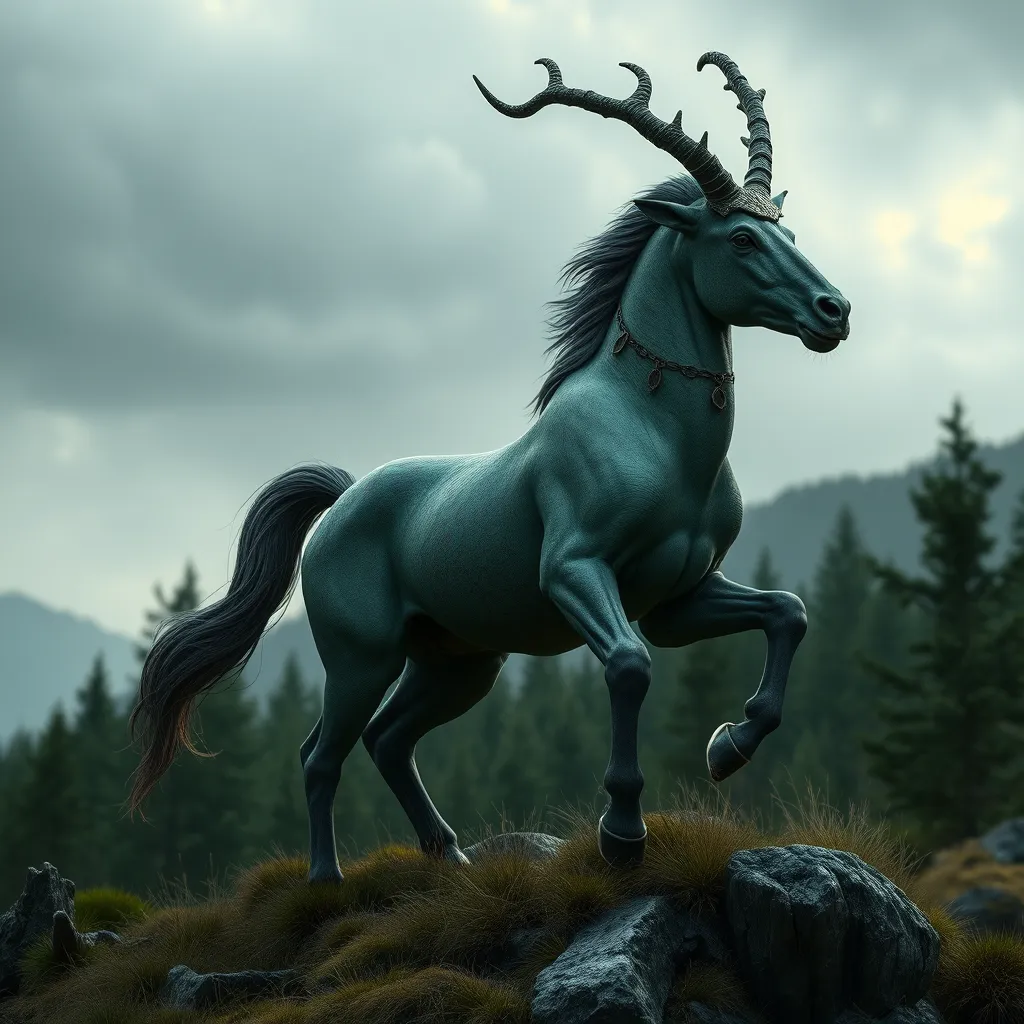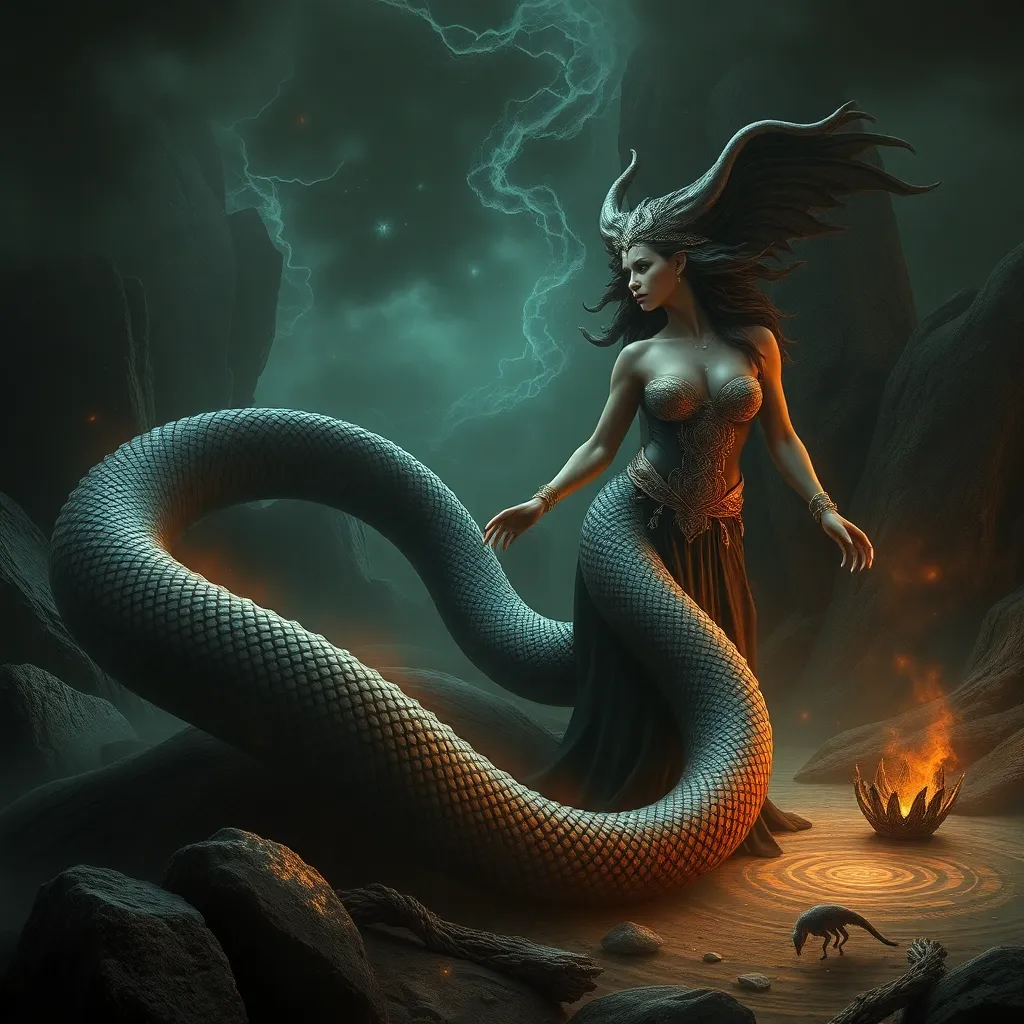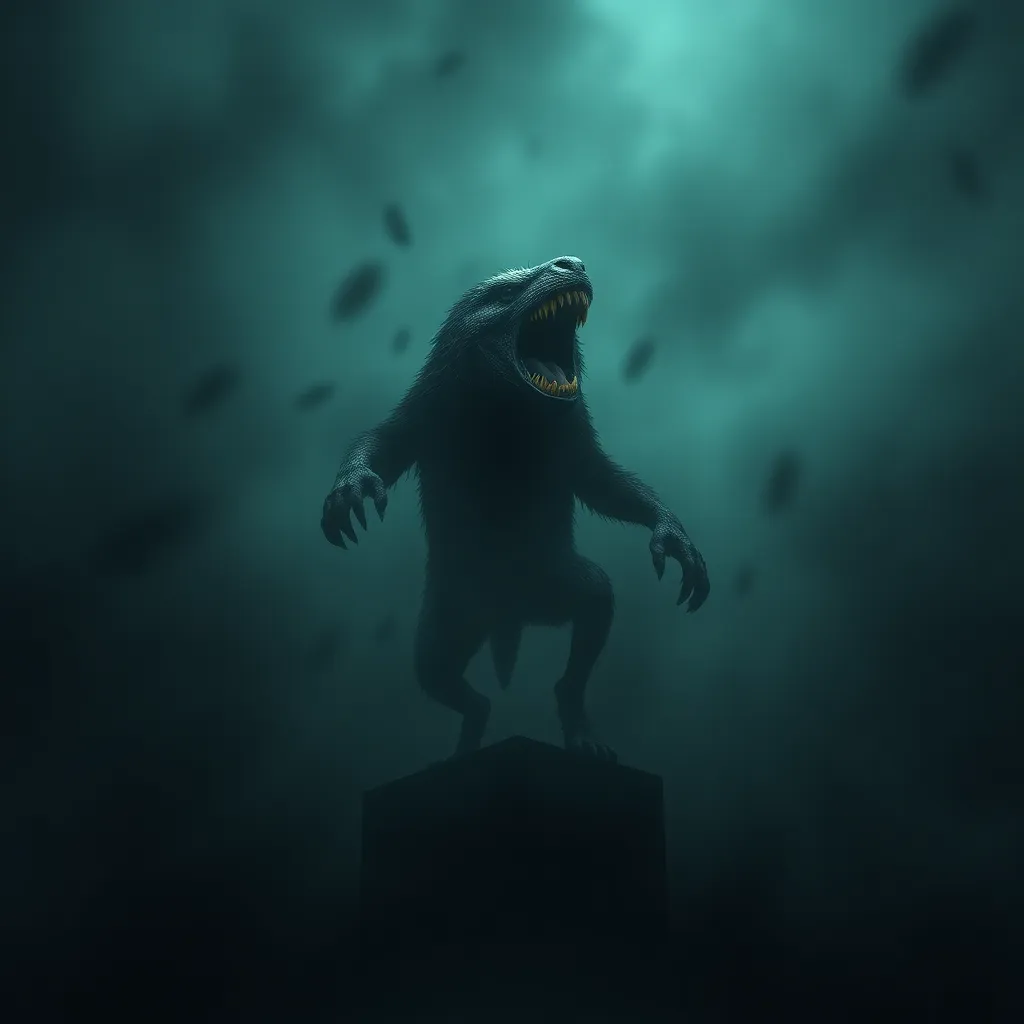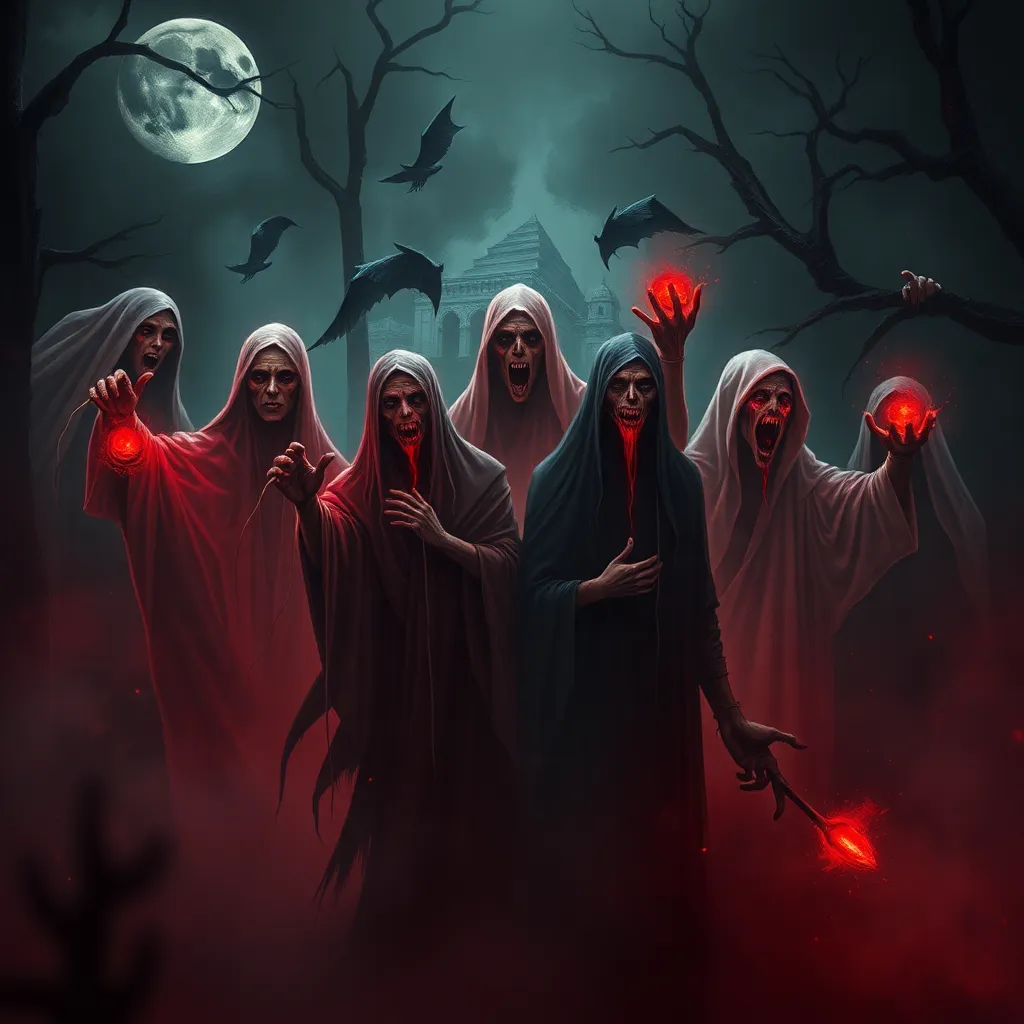The Centaur as a Symbol of Strength and Wilderness in Norse Culture
I. Introduction
The centaur, a mythical creature with the upper body of a human and the lower body of a horse, has captured the imagination of many cultures throughout history. In various mythologies, including Norse, the centaur embodies themes of strength, wilderness, and the duality of human nature. This article explores the significance of the centaur within the context of Norse culture, focusing on its representation of strength and the wilderness.
In Norse culture, strength and wilderness are vital elements that define the relationship between humans and the natural world. The Norse believed that the wilderness was both a source of power and a realm of danger, where strength was necessary for survival. This article aims to delve into the origins, symbolism, and cultural legacy of the centaur in Norse mythology.
II. The Origins of the Centaur Myth
The myth of the centaur has deep historical roots that can be traced back to ancient civilizations. The earliest known depictions of centaurs emerge from Greek mythology, where they often symbolize the wild, untamed aspects of human nature.
In Norse interpretations, the centaur myth was influenced by these Greek origins but adapted to fit the unique cultural context of the Norse people. The Norse took inspiration from the duality of the centaur, blending the human and animalistic traits to reflect their own understanding of strength and wilderness.
Throughout history, various cultures have adapted the symbolism of centaurs, leading to a rich tapestry of interpretations that highlight the complexities of human nature and the natural world.
III. Symbolism of Strength in Norse Culture
In Norse mythology, strength is a central theme that manifests in many forms. The gods and goddesses of Norse mythology, such as Thor and Odin, are often depicted as embodiments of physical and spiritual strength.
- Thor: The god of thunder, known for his immense power and bravery in battle.
- Odin: The Allfather, representing wisdom and strategic strength.
Moreover, the role of warriors in Norse culture further illustrates the connection to strength. Warriors, or ‘Vikings’, were celebrated for their prowess in battle and their ability to navigate the wild, untamed landscapes of Scandinavia. The centaur, with its blend of human intellect and animal strength, serves as a fitting symbol for these warriors, who embodied both civilization and the wild.
IV. The Wilderness and Its Significance
The wilderness held a profound significance in Norse beliefs, often viewed as a realm filled with both beauty and peril. Nature was seen as a source of power, where the elements could offer both sustenance and danger.
The centaur serves as a bridge between civilization and the wild, embodying the duality of these realms. It represents the idea that one must respect and understand the wilderness to harness its power. This relationship between humans and nature is a recurring theme in Norse mythology.
V. The Centaur in Norse Literature and Art
References to centaurs can be found in various Norse texts and sagas, although they are not as prominent as in Greek mythology. However, these mentions are significant in understanding the cultural context in which the centaur exists.
Artistic representations of centaurs in Norse artifacts, such as carvings and jewelry, depict them as powerful beings, often associated with the themes of strength and wilderness. These artworks reflect the cultural identity of the Norse people and their views on the natural world.
VI. Comparisons with Other Mythological Creatures
The centaur shares similarities with other hybrid beings in Norse lore, such as the Jörmungandr (the Midgard Serpent) and Fenrir (the monstrous wolf). These creatures, like the centaur, embody the struggle between civilization and the wild.
In contrast, centaurs in other cultures, particularly Greek mythology, often represent chaos and wildness, sometimes acting as antagonists. The Norse interpretation, however, places a greater emphasis on the balance between human intellect and animal instinct.
This unique position of the centaur in the Norse mythological landscape highlights the complexities of human nature and the delicate relationship with the wilderness.
VII. Modern Interpretations and Cultural Legacy
In contemporary literature and media, the centaur continues to be a popular symbol. From fantasy novels to films, centaurs are often portrayed as wise, powerful beings that embody the connection between humanity and nature.
The relevance of the centaur symbol in modern discussions of strength and wilderness is evident in various cultural narratives. As society grapples with environmental issues, the centaur serves as a reminder of the importance of respecting and understanding the natural world.
Furthermore, the preservation of Norse myths in popular culture has allowed the centaur’s legacy to endure, inspiring new generations to explore the complexities of these ancient symbols.
VIII. Conclusion
In summary, the centaur as a symbol of strength and wilderness in Norse culture highlights the intricate relationship between humanity and the natural world. Through its representation in mythology, literature, and art, the centaur embodies themes of duality, power, and respect for nature.
Reflecting on the enduring legacy of the centaur, it is clear that this mythical creature continues to resonate within modern discussions of strength and the wilderness. As we explore and appreciate the complexities of mythological symbols, we gain deeper insights into our cultural heritage and the values that shape our understanding of the world.



